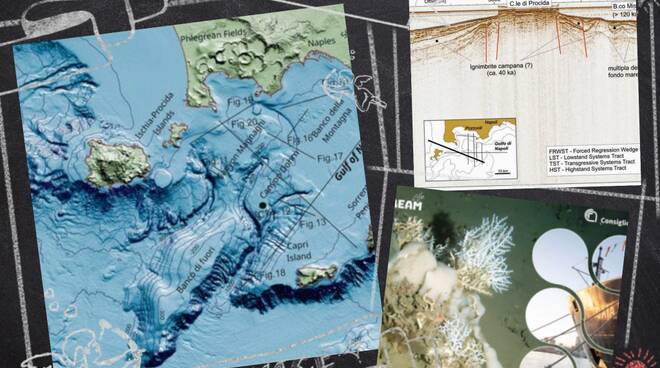A robot, already named “Diego” by Neapolitans, has been navigating the seabed of the Gulf of Naples for a few days now: on Friday, July 12, the CNR oceanographic ship “Gaia Blu” set sail from the harbor to continue the “ECOREST II” oceanographic campaign.
“Gaia Blu” inaugurated the research work in March, with the first ‘Ecorest’ campaign, and this time it will sail on the seabed of the gulf even beyond the depth of 1000 meters, using the ROV (Remotely Operated Vehicle) submarine, equipped with cameras and robotic arms, capable of observing the habitats of deep corals and oysters present at such depths.
Under the coordination of researcher Mariacristina Prampolini, a marine geologist at CNR-Ismar, the “mission” is to monitor and restore the deeper marine habitat of Dohrn Canyon and Magnaghi Canyon.
Habitat restoration includes the removal of litter on corals and the installation of special artificial structures, the “ecoreefs” 3D printed in environmentally friendly material. The structures promote the establishment of new corals, right where damage due to pollution results
The “ecoreefs” are equipped with cameras in EMSO (European Multidisciplinary Seafloor and water column Observatory) observational network, which also includes other submarines at various European sites.
In addition to the ecoreefs, sensor tripods will monitor seawater parameters, temperature, salinity, currents and environmental background noise, so as to assess the effect of climate change.
New technological equipment on board “Blue Gaia” will also be tested, such as a next-generation stereomicroscope with camera.
On board will be a team of high-profile researchers: technologists from CNR-Ismar, the “A. Dohrn” Zoological Station in Naples and the Marche Polytechnic University.
A synergy that will ensure a significant step toward the protection and restoration of deep-sea ecosystems, for a sustainable future of our blue planet.
Listen to the interview with Mariacristina Prampolini (ITA) >


